Palazzo Roma embodies the heritage of Roman noblesse
Palazzo Roma, part of the Shedir Collection, boasts eclectic and eccentric interiors by Giampiero Panepinto

Hidden away on Rome’s prestigious Via del Corso lies Palazzo Roma, the latest addition to the city’s luxury hotel scene from Milan-based designer Giampiero Panepinto. Despite joining sister properties Hotel Maalot, Hotel Vilon, and the equally regal Palazzo Vilon, the Palazzo Roma project proved that building from the ground up in the Eternal City is getting more and more challenging.
The Shedir Collection, the savvy conglomerate and the brains behind the hotel, proposes restoring and upcycling as an ingenious solution to combat ancient Roman planning permissions.
Heritage meets contemporary luxury at Palazzo Roma
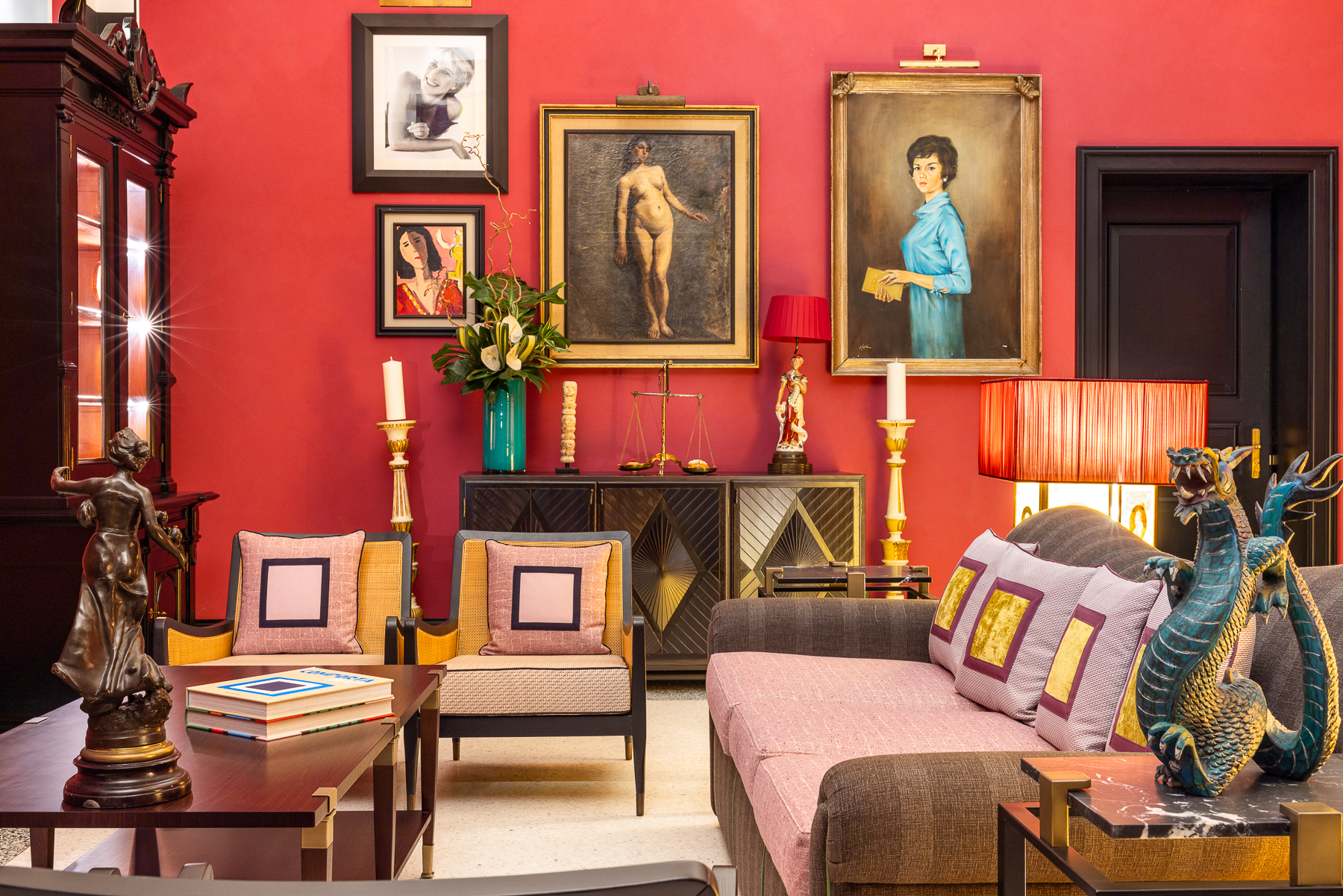
Like the group’s other hotels, Palazzo Roma focuses on ‘restoration over cultivation’, as general manager Rosario Rubino tells Wallpaper*. The construction method essentially entailed ‘building on top of another layer of history’ in the former regal palazzi of Rome’s former hedonistic empire to make a ‘lifestyle hotel that allows guests to experience the emotions of Rome in a new way’.

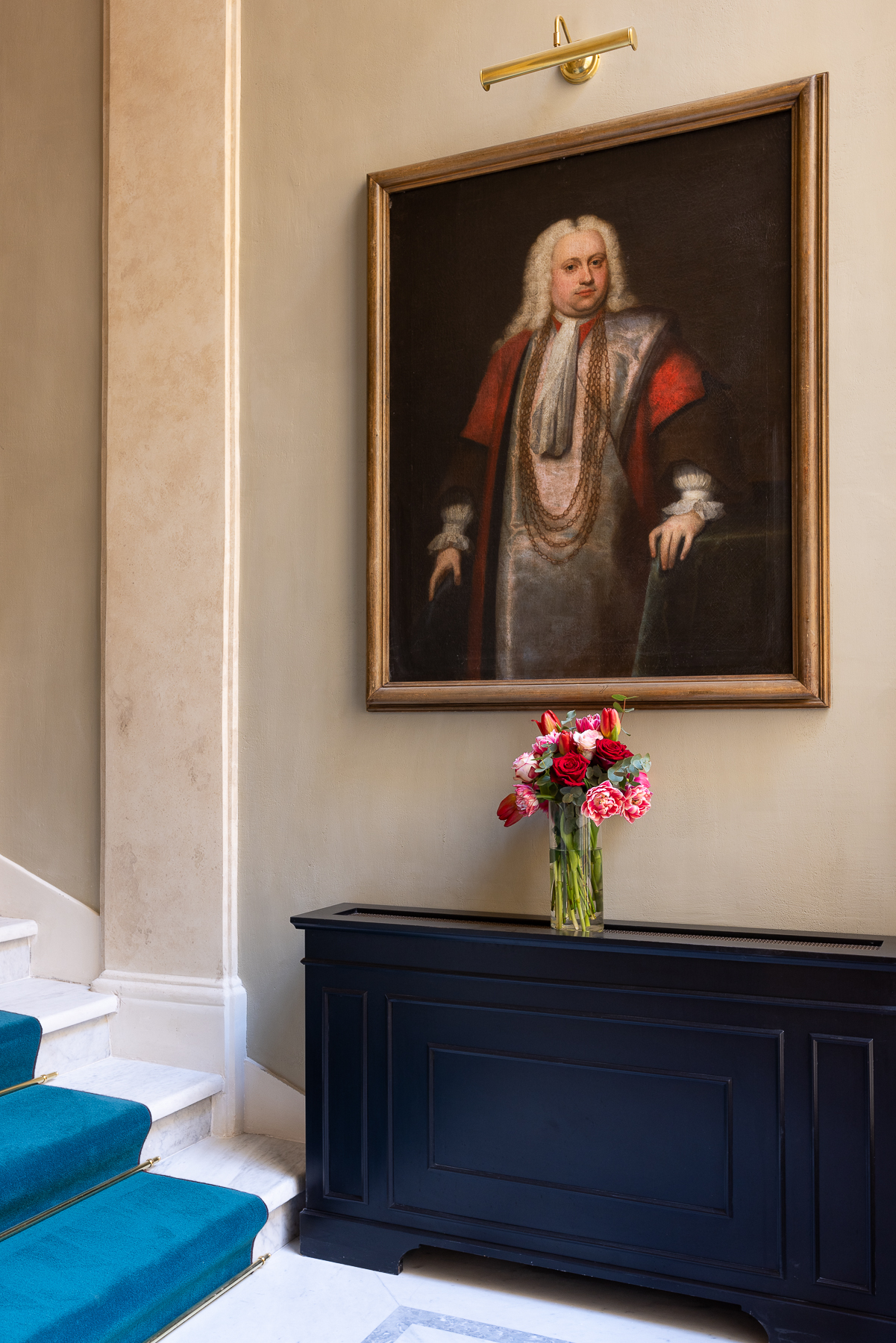
The aim was to redefine and reinterpret the building’s sense of place to inflict an even greater sense of history. ‘The starting point was to create a poetic relationship between past and present, between nostalgia and reality, recollection and imagination,’ Milan-based interior designer and maestro of the project, Giampiero Panepinto, tells me.
‘The property evokes the story of a noble Roman family that opens the doors of its home to guests. I tried to revive the atmosphere once breathed in the sumptuous rooms through art, music, literature and cinema, environments that retrace the chronicles and reports of the illustrious Rome.’
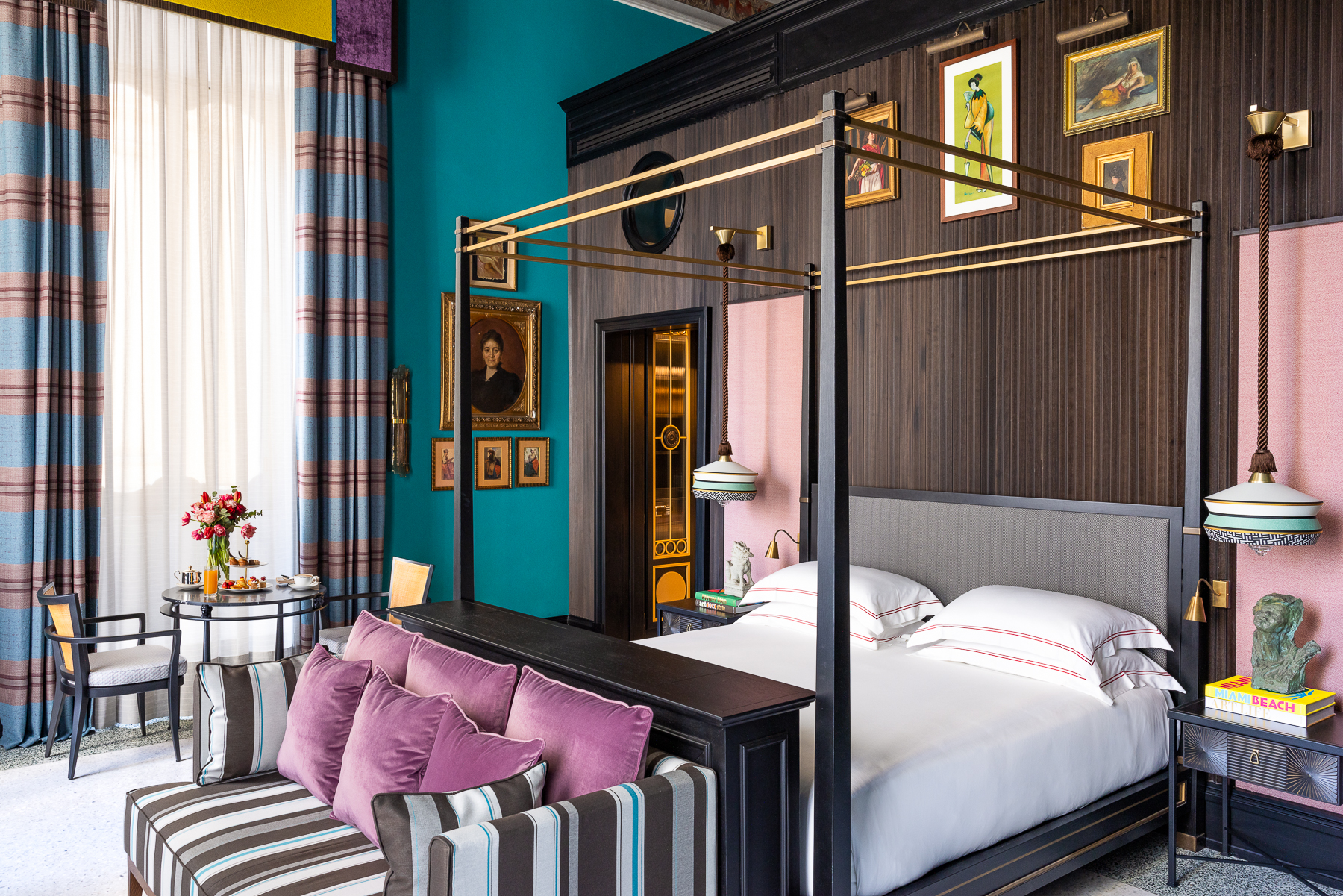
The result is something soulful and intimate. More verging on a museum than a home, Palazzo Roma features original frescoes, coffered ceilings, Versailles teak parquet flooring, and precisely 20 different marbles to conjure a sense of ‘value, elegance and unique Italian design’.
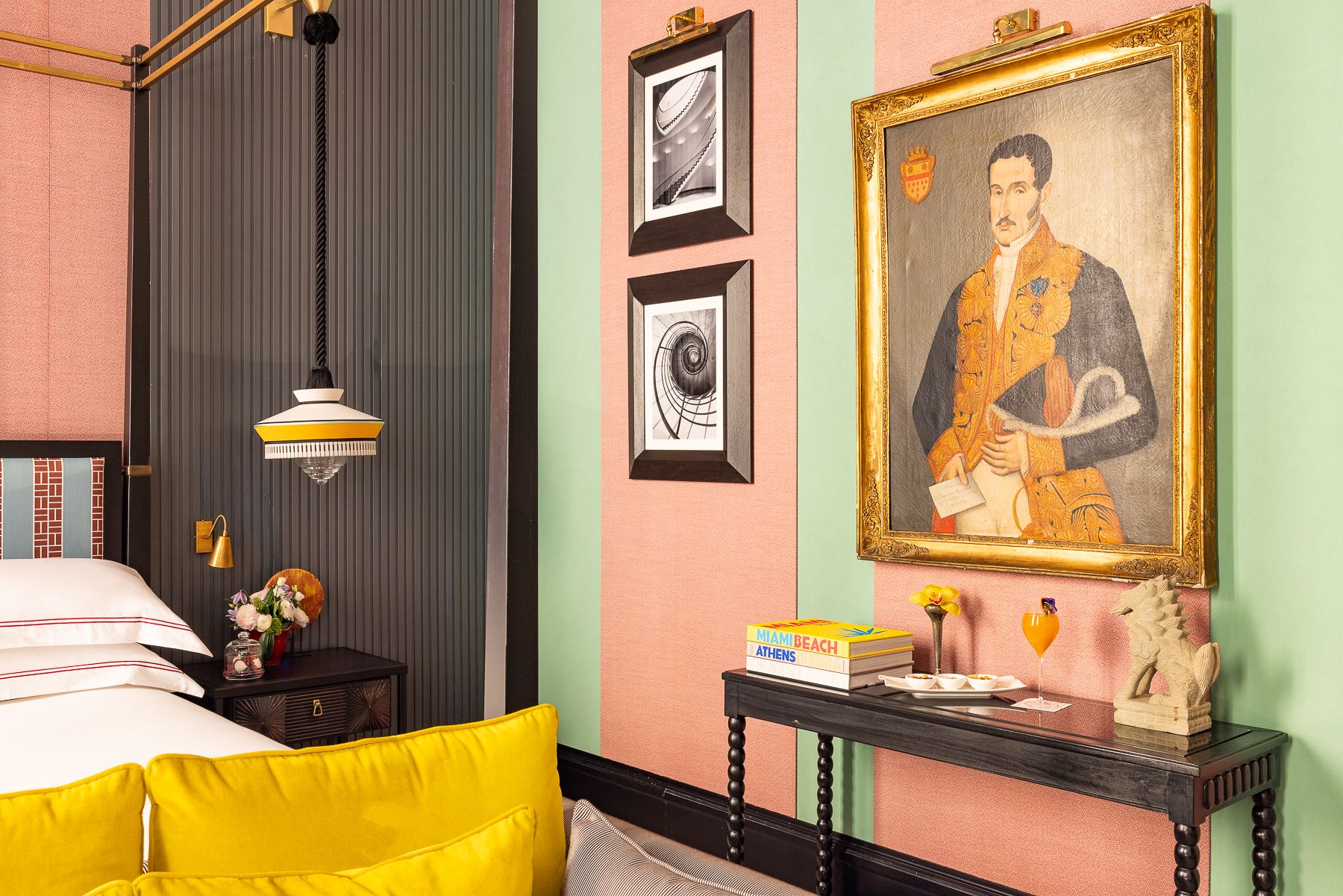

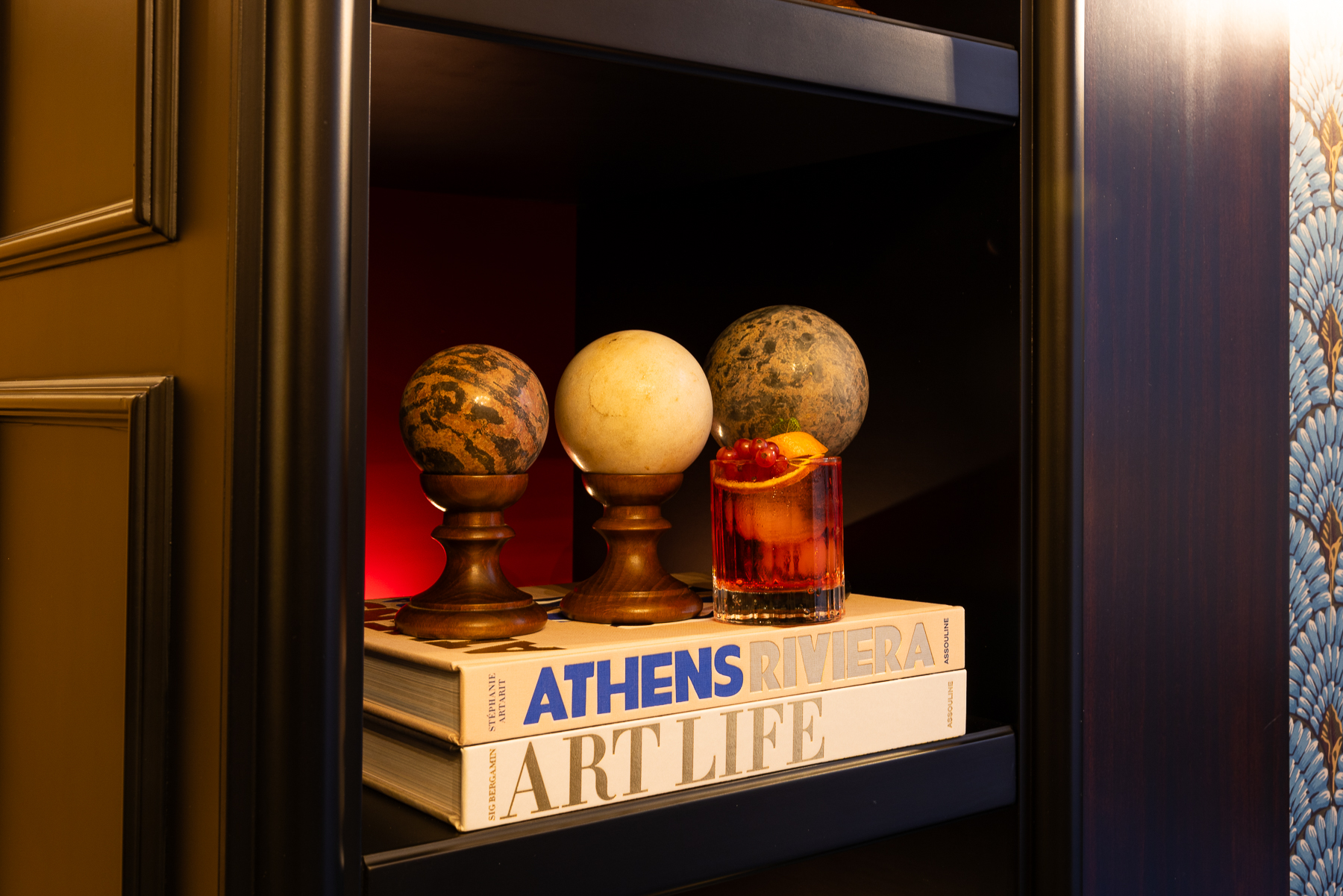
‘I wanted to tell the story of Rome in its entirety. Each piece brings its own experience, intersecting perfectly with each other, giving life to a precious and majestic work,’ he adds. And, truthfully, this notion gets materialised throughout – from infinite art pieces, frescoes and stuccoes, plaster casts and boiserie, to gilded ceilings restored by skilled artisans across Italy.
Receive our daily digest of inspiration, escapism and design stories from around the world direct to your inbox.
The Venetian-style flooring gives way to an array of nuances and shades that lurk into the large corridors that transform into a Wunderkammer, a backdrop to a collection of ancient portraits, photographs and art installations, all handpicked from vintage markets, and lots locally and beyond. The goal, as Panepinto notes, is to ‘merge past and present’, which ultimately ‘gives life to a unique contemporary Roman way of living’.
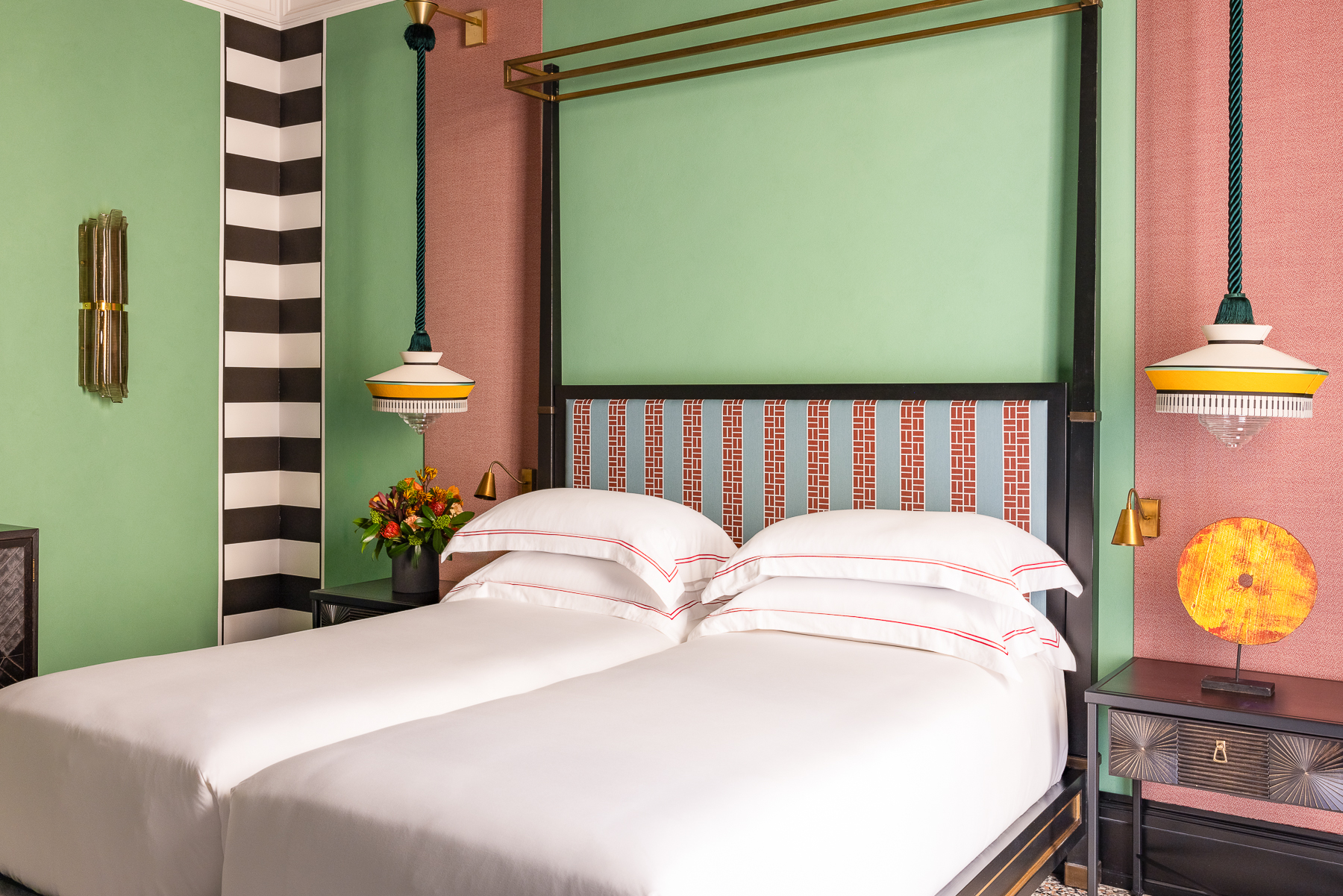
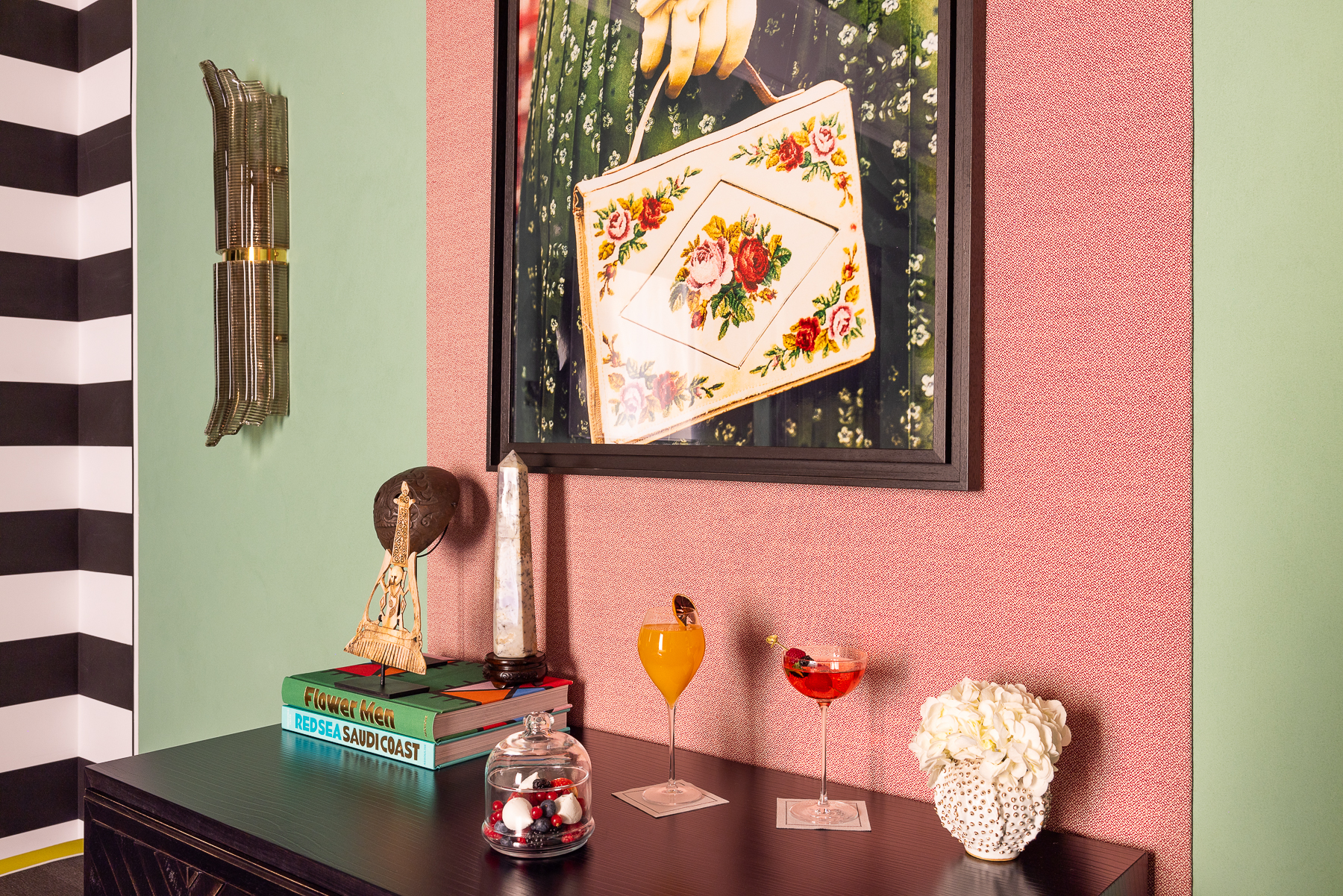
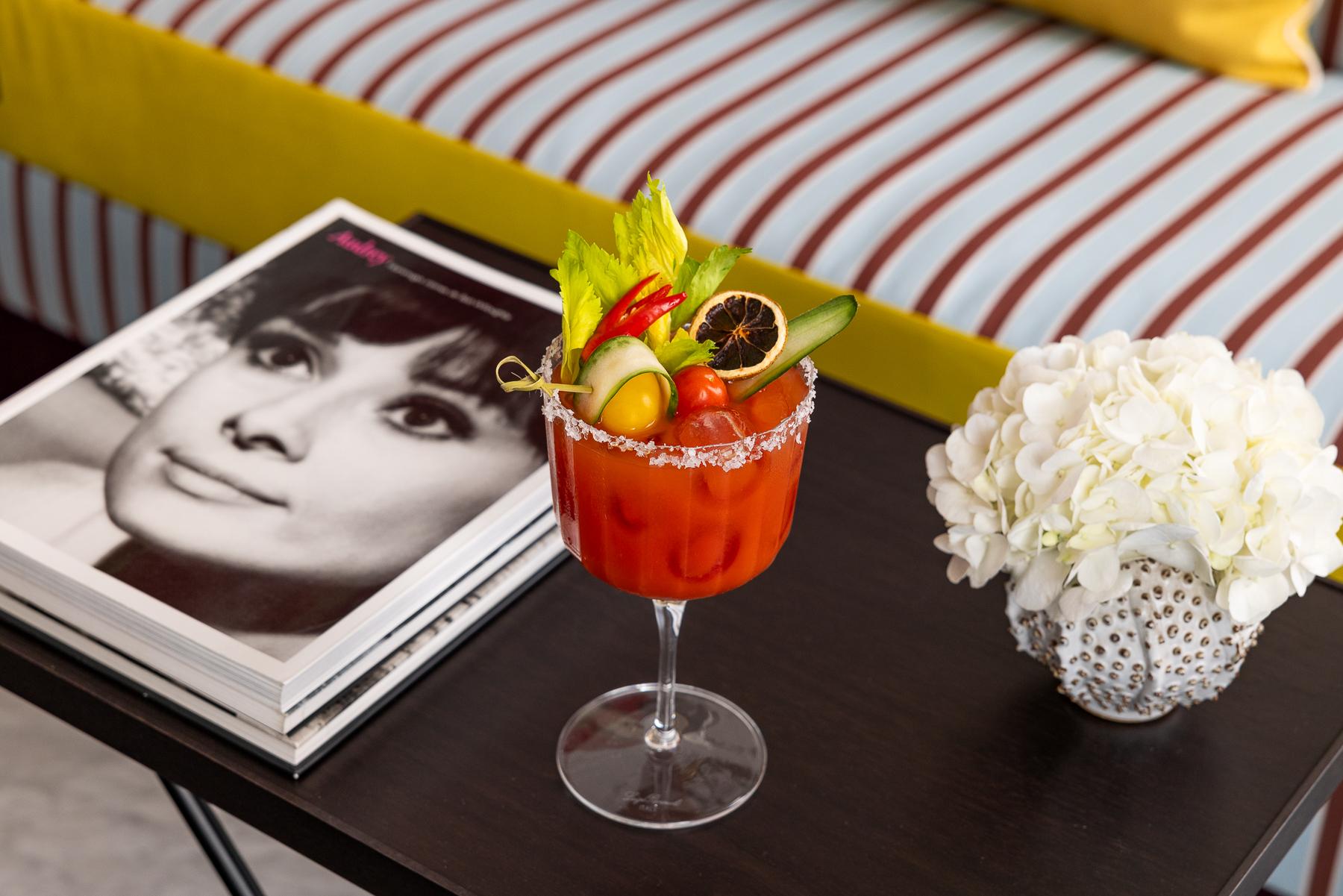
This attention to fluid luxe details flows across the hotel’s 39 rooms and suites. Each has its own floor plan, uniquely decorated in a varying palette of deep greens, reds, yellows and golds, alongside intarsia wood on the first-floor ceilings and fabric wallpapers on the second and third floors.
More eccentric digs come courtesy of the so-called Ladies’ Suite, which has nods to some of the most influential women figures of the last century, from the late Diana, Princess of Wales, to Madonna, Angela Merkel and Minnie Mouse.

Elsewhere, the Sala della Musica (The Music Room) is a vision of grand pianos, statues – in particular, the grand Euterpe, the goddess of music in the centre – and the eclectic Sala degli Orologi (the Watches Room) spearheaded by a mammoth collection of 150 watches decorated about the place.
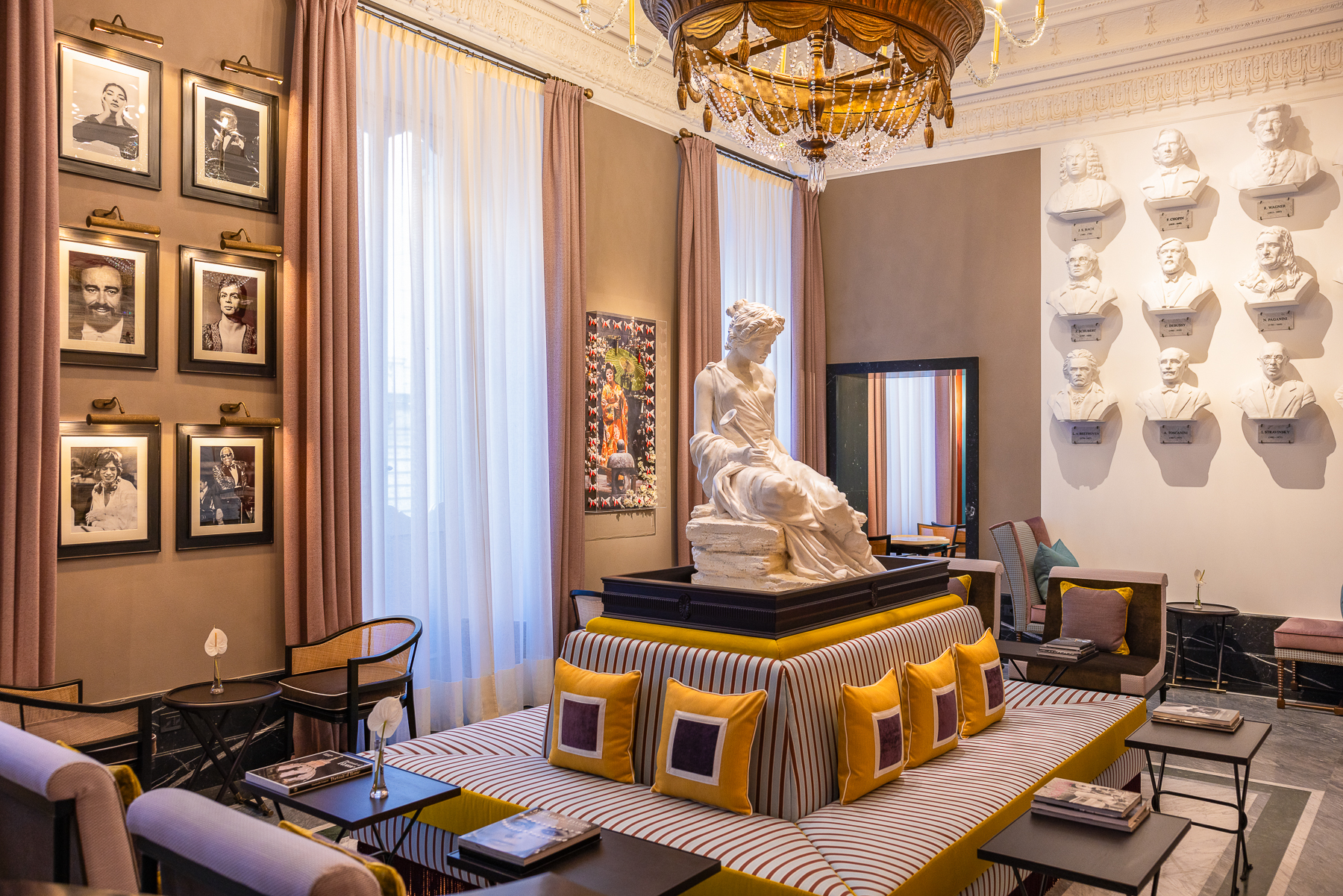
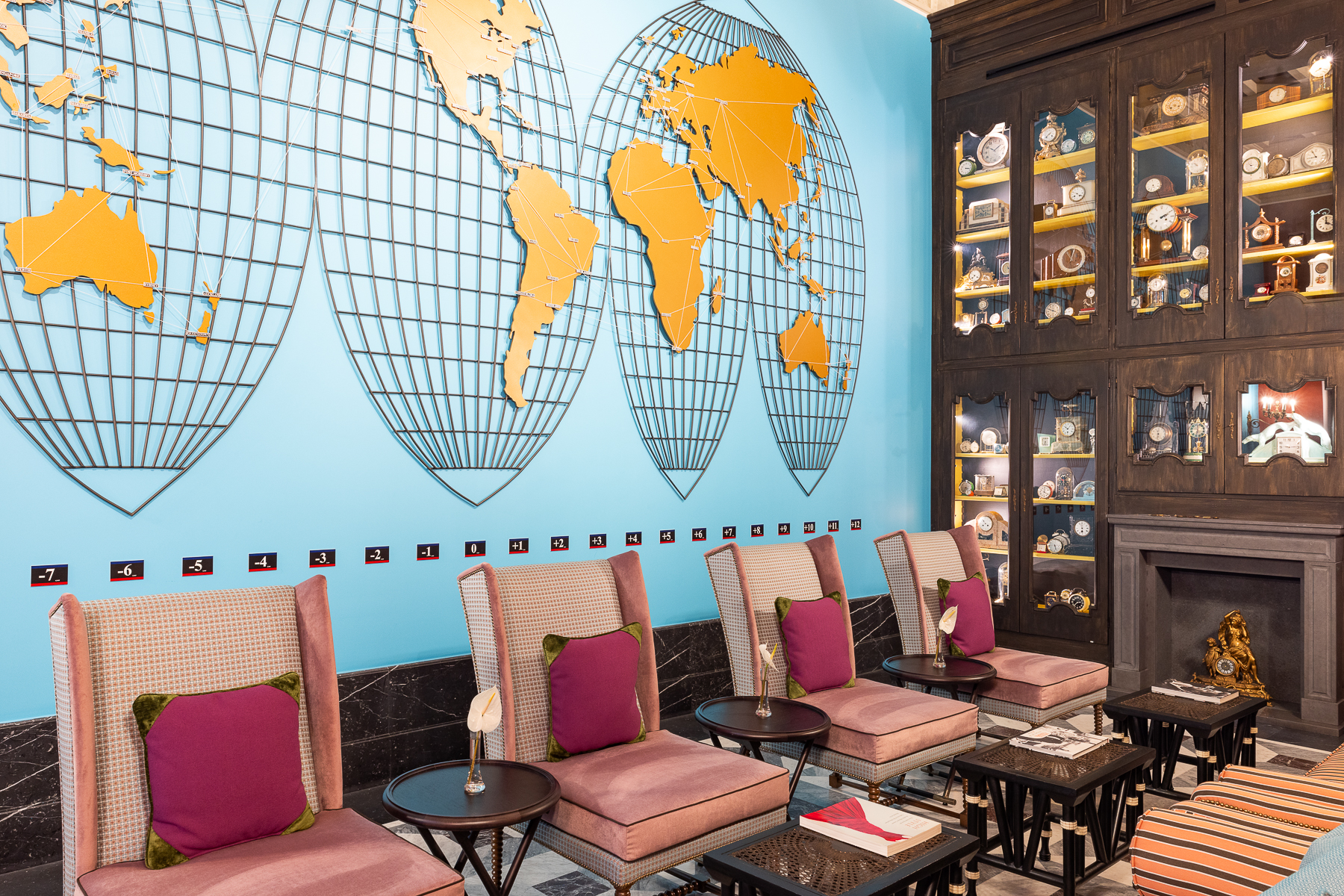
The knockout centrepiece of the palazzo comes courtesy of the Cherubini Restaurant – think breathtaking floor-to-ceiling frescoes adorning the walls and mammoth mighty crystal chandeliers. Meanwhile, executive chef Federico Sartucci's menu matches the surroundings with Romano cuisine inspired by the city and the chef’s extensive travels across the globe.

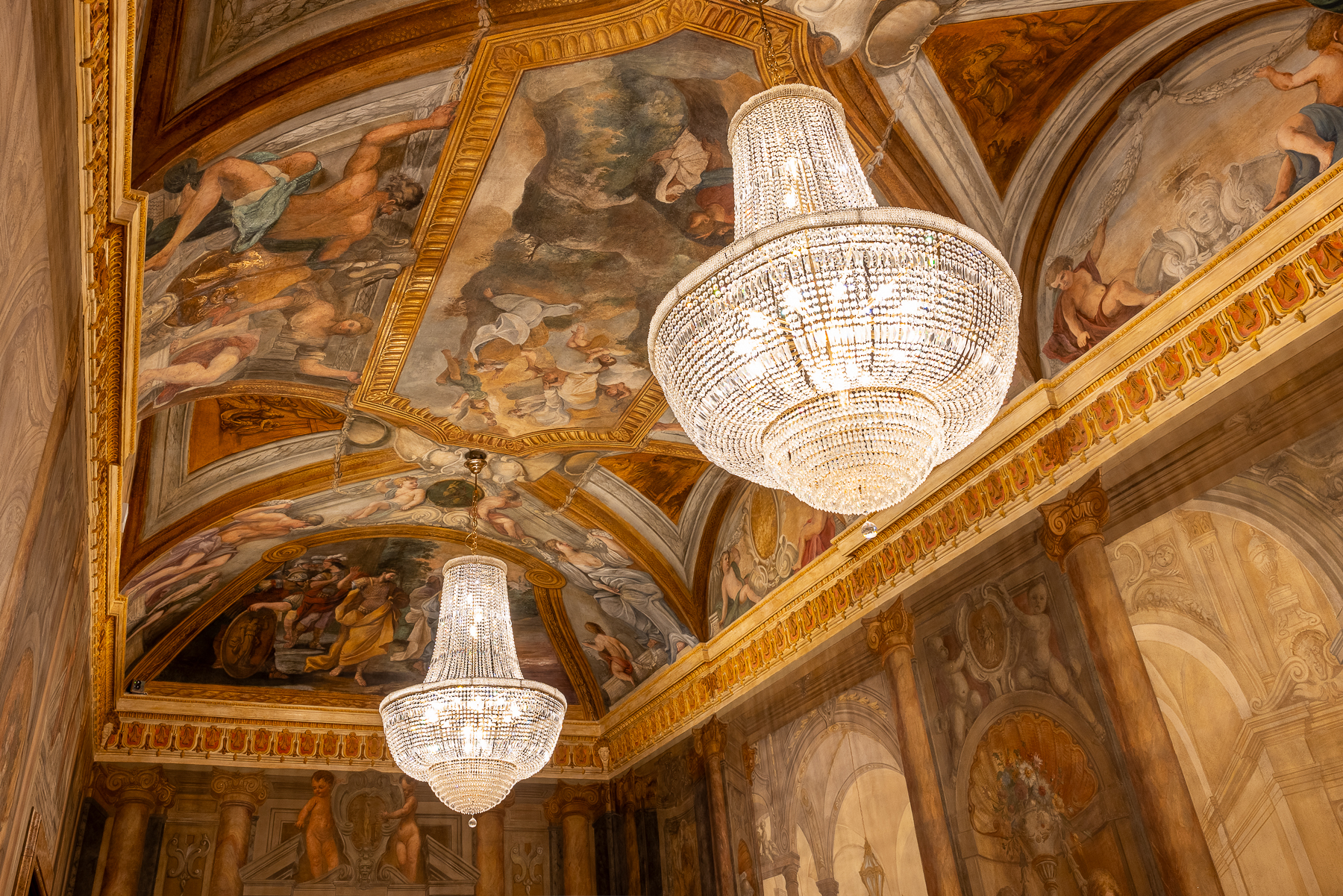
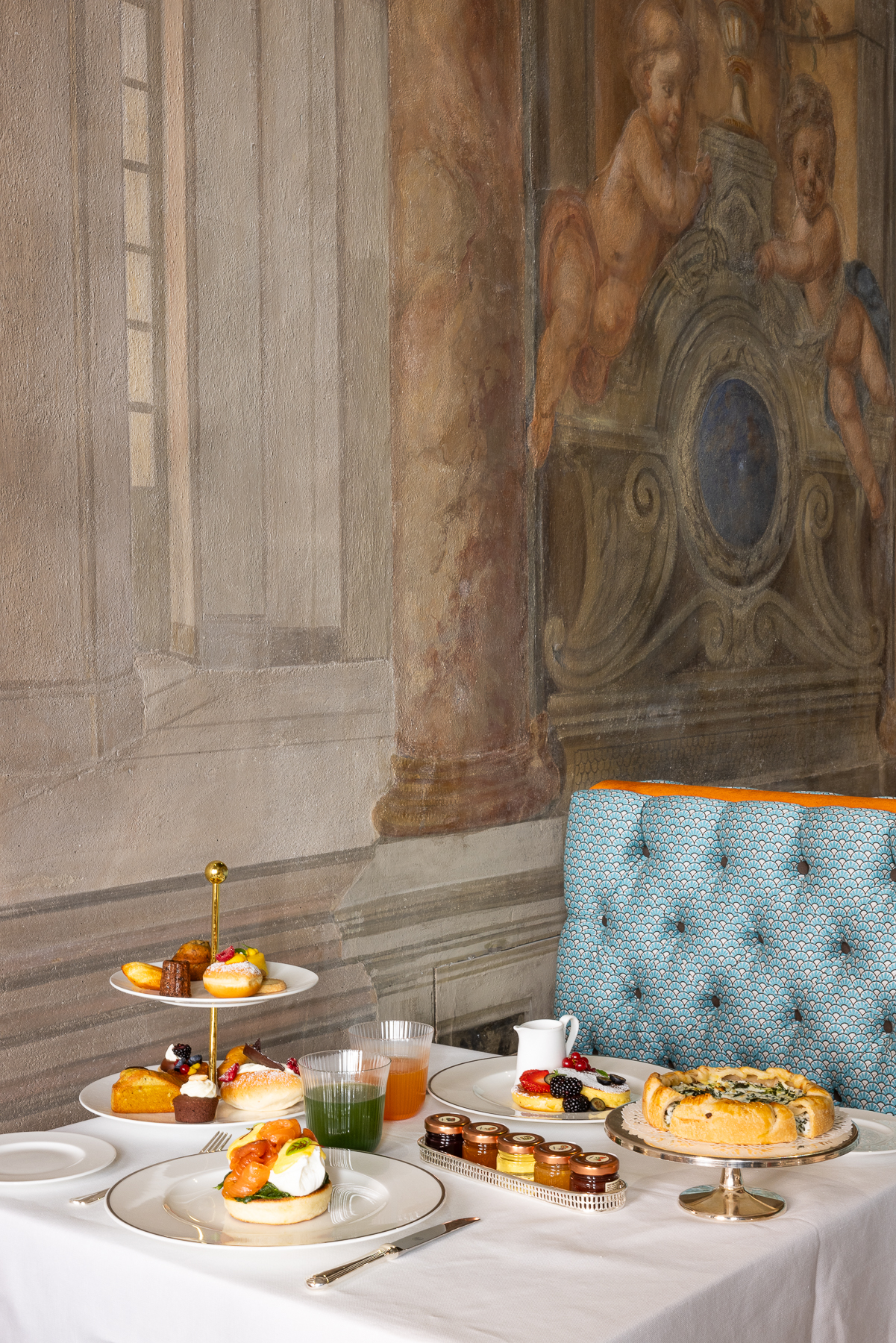
Luke is a freelance journalist based in London. His work has been featured in British Vogue, The Times, Sunday Times Style, Harper’s Bazaar, ELLE, Vanity Fair, Conde Nast Traveller, Town and Country, Evening Standard, Departures, and others.
-
 How to elevate a rental with minimal interventions? Charu Gandhi has nailed it with her London home
How to elevate a rental with minimal interventions? Charu Gandhi has nailed it with her London homeFocus on key spaces, work with inherited details, and go big on colour and texture, says Gandhi, an interior designer set on beautifying her tired rental
-
 These fashion books, all released in 2025, are the perfect gift for style fans
These fashion books, all released in 2025, are the perfect gift for style fansChosen by the Wallpaper* style editors to inspire, intrigue and delight, these visually enticing tomes for your fashion library span from lush surveys on Loewe and Louis Vuitton to the rebellious style of Rick Owens and Jean Paul Gaultier
-
 Out of office: The Wallpaper* editors’ picks of the week
Out of office: The Wallpaper* editors’ picks of the weekFar from slowing down for the festive season, the Wallpaper* team is in full swing, hopping from events to openings this week. Sometimes work can feel like play – and we also had time for some festive cocktails and cinematic releases
-
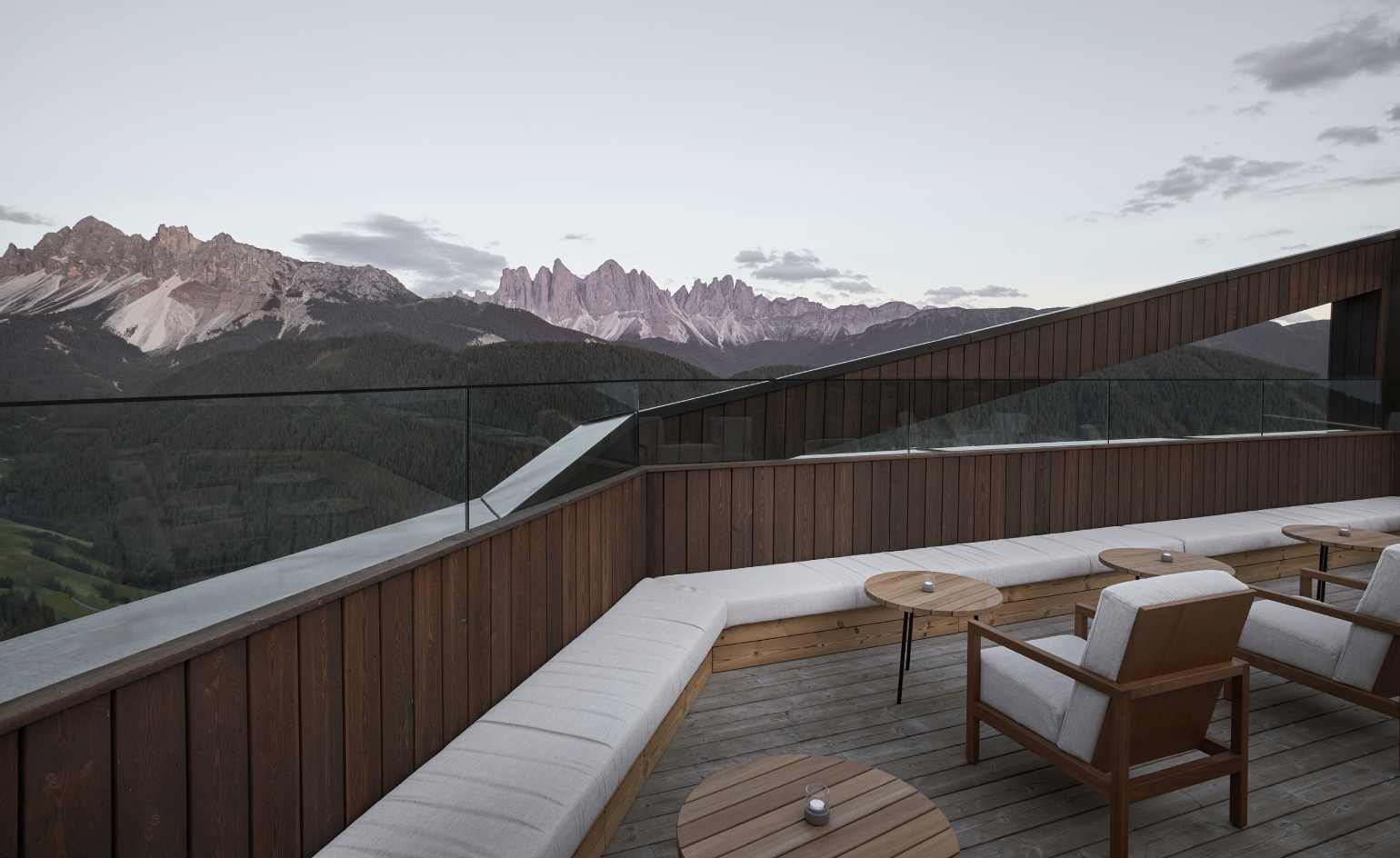 Heading to the 2026 Winter Olympic Games? Don’t miss these stops along the way
Heading to the 2026 Winter Olympic Games? Don’t miss these stops along the wayAs the anticipated winter games draw near, Wallpaper*’s Milan editor, Laura May Todd, shares where to stay, eat, drink and relax in the Dolomites
-
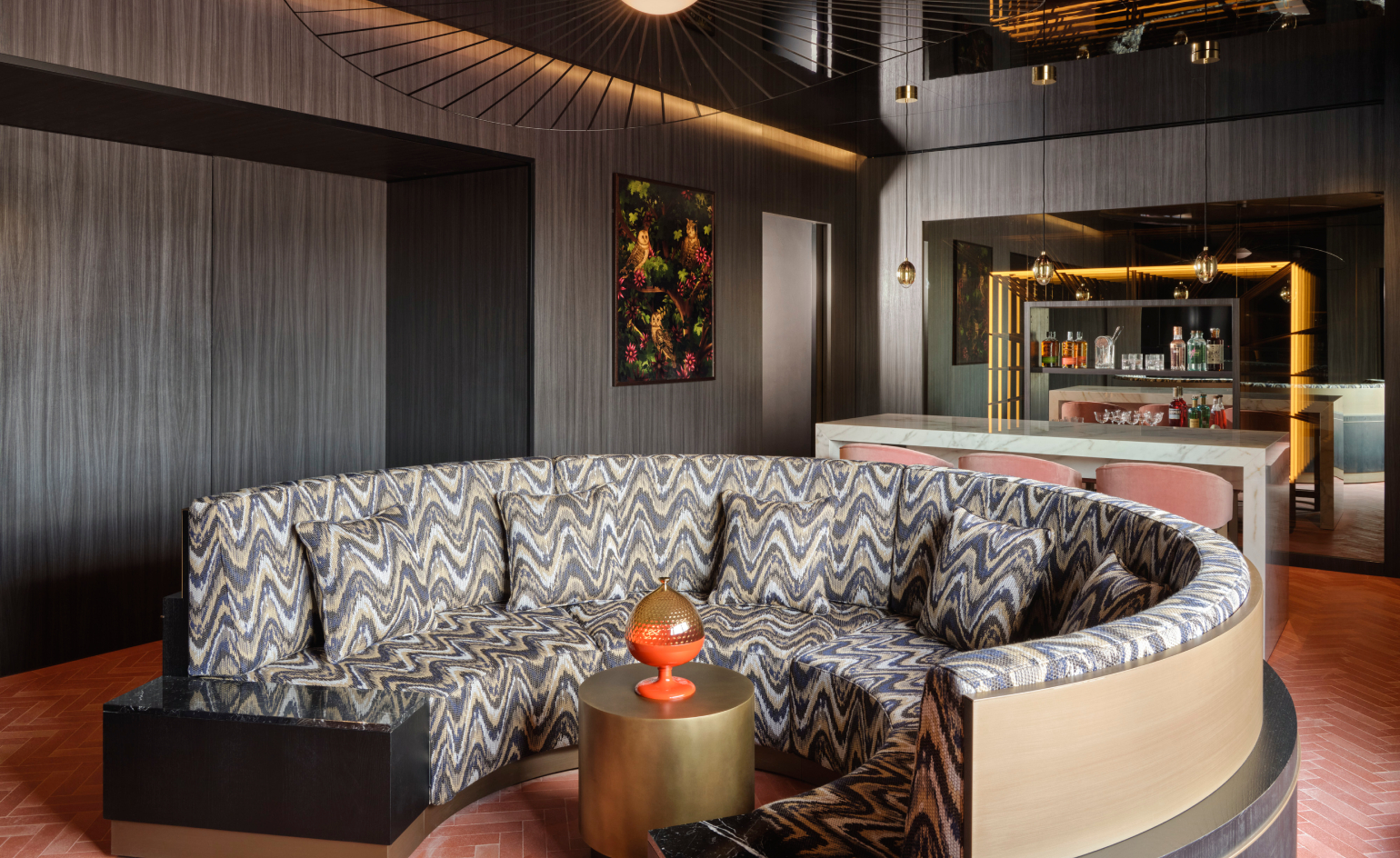 Experience the cradle of the Renaissance in a new light at Florence’s W hotel
Experience the cradle of the Renaissance in a new light at Florence’s W hotelFlorence’s palazzi, basilicas and baptistries groan with history. But the city’s new W hotel poses an alternative perspective – one that is distinctly modern
-
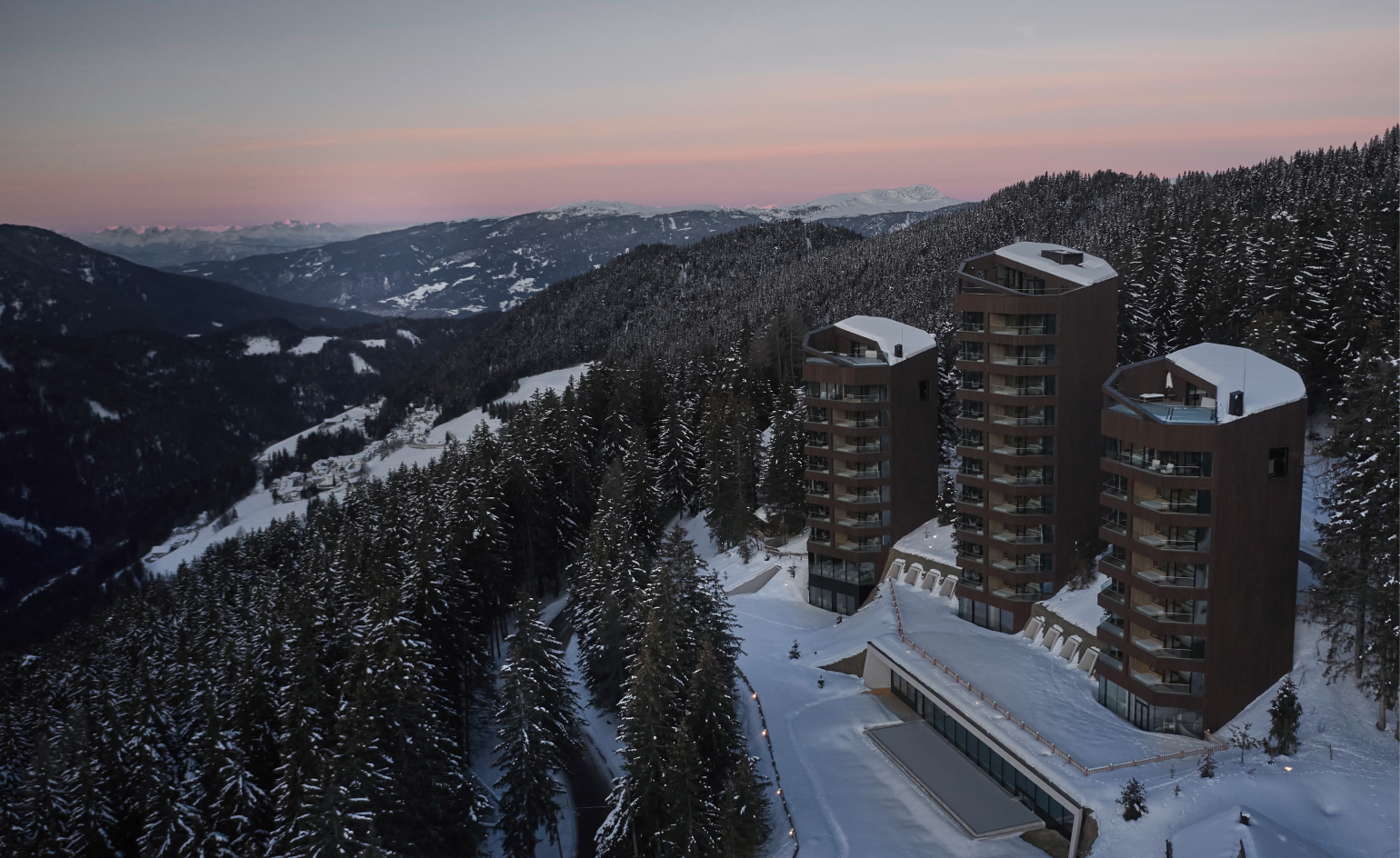 Fall in love with the Dolomites at this serene retreat
Fall in love with the Dolomites at this serene retreatIn South Tyrol, the refreshed Forestis hotel raises the bar for high-altitude calm
-
 Langosteria Montenapoleone is the new multi-level dining destination to know in Milan
Langosteria Montenapoleone is the new multi-level dining destination to know in MilanCrowning the top three floors of the recently opened Palazzo Fendi, the Langosteria group unveils its most ambitious venture yet
-
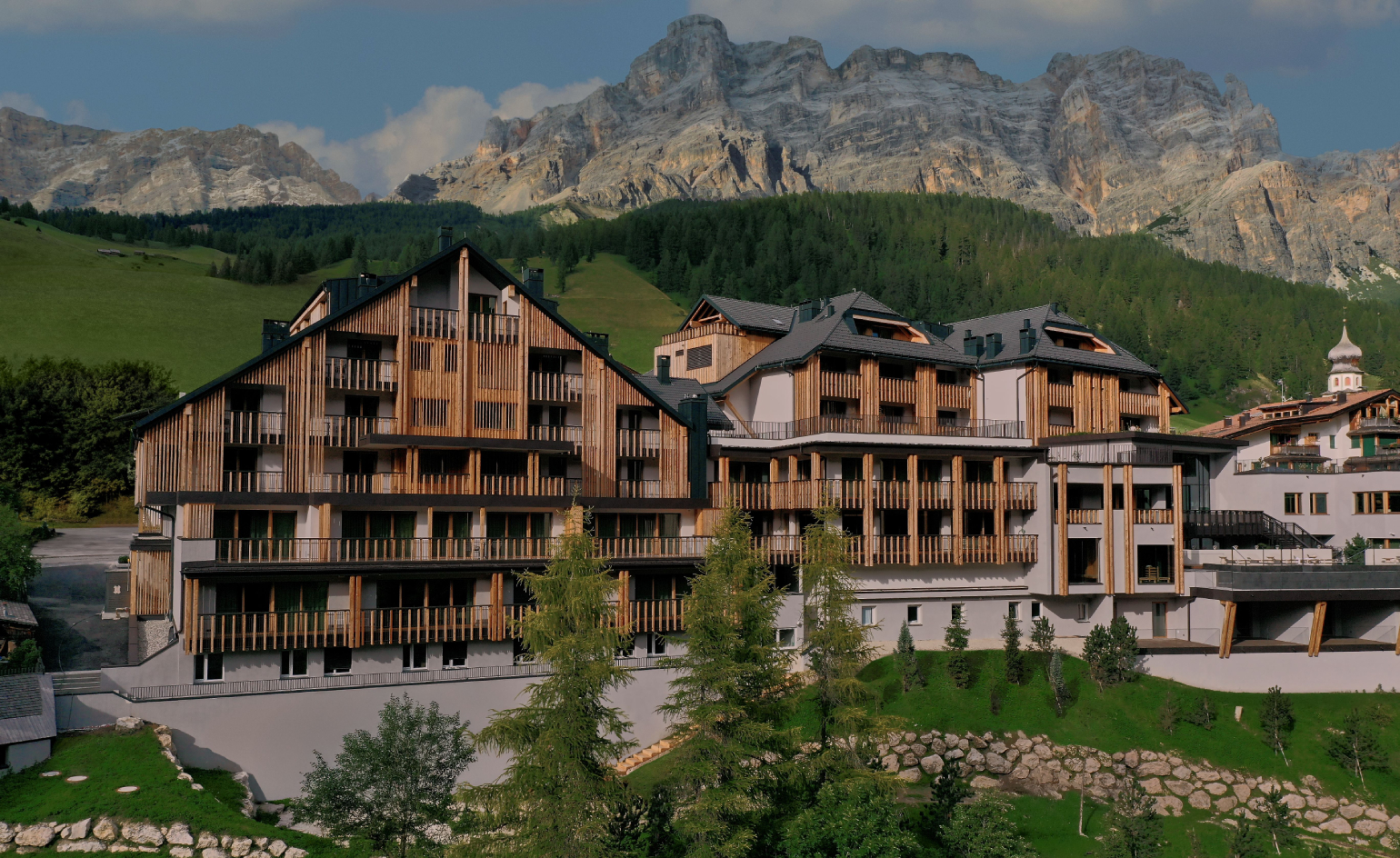 Check in at Aman Rosa Alpina, a modern Alpine cocoon
Check in at Aman Rosa Alpina, a modern Alpine cocoonSan Cassiano’s historic hotel has been reborn as a pared-back Aman refuge in the heart of the Dolomites
-
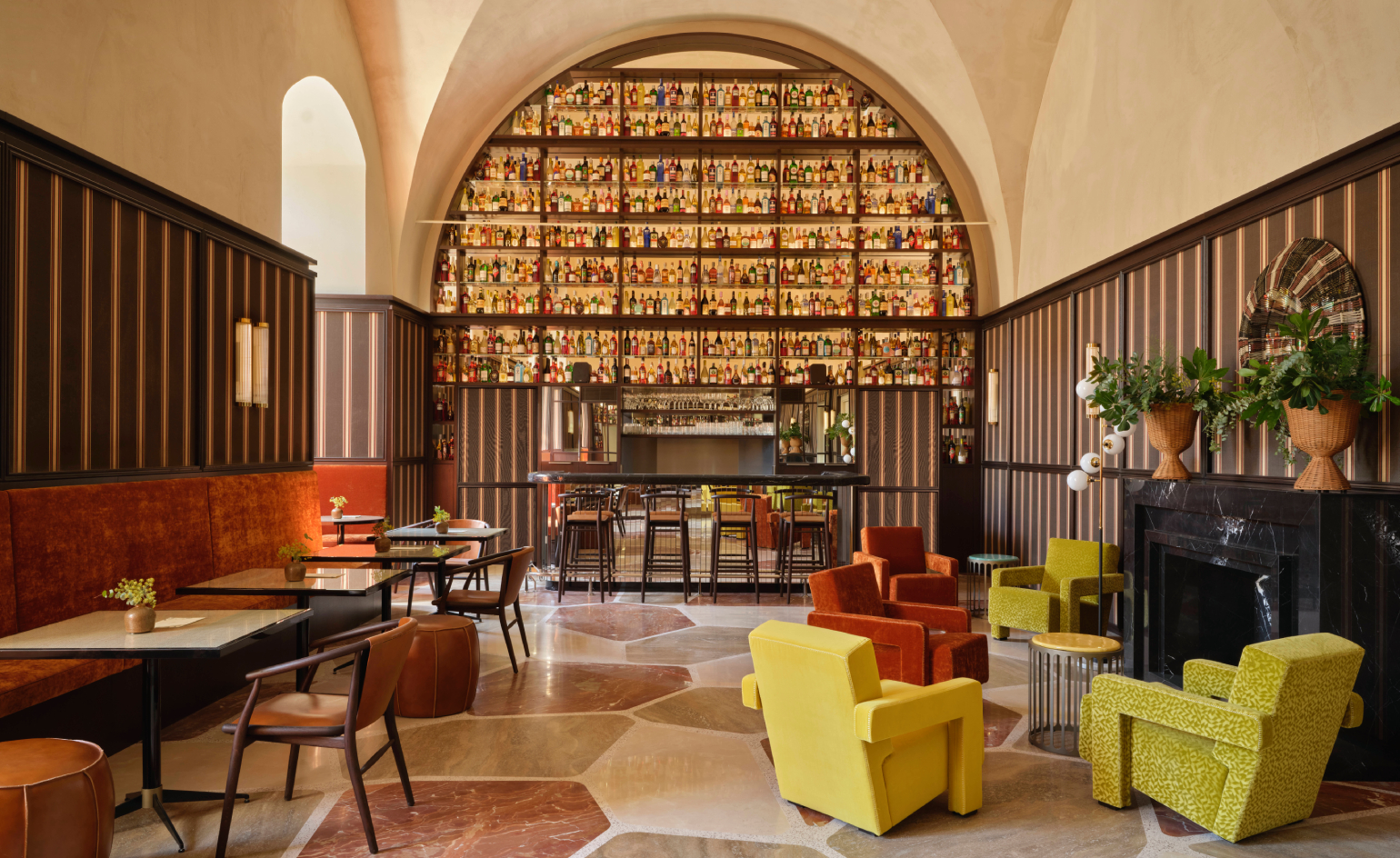 Mediterranean dreams come true at this radiant Puglian hotel
Mediterranean dreams come true at this radiant Puglian hotelA former convent has been converted into Vista Ostuni, a plush bolthole inspired by the landscape and heritage of the Puglia region
-
 Stay in a pastel-hued Puglian palazzo as it starts a new chapter
Stay in a pastel-hued Puglian palazzo as it starts a new chapterA haven for the design-minded, Palazzo Daniele reopens following a thoughtful restoration by Milan-based Studio Palomba Serafini and GS Collection
-
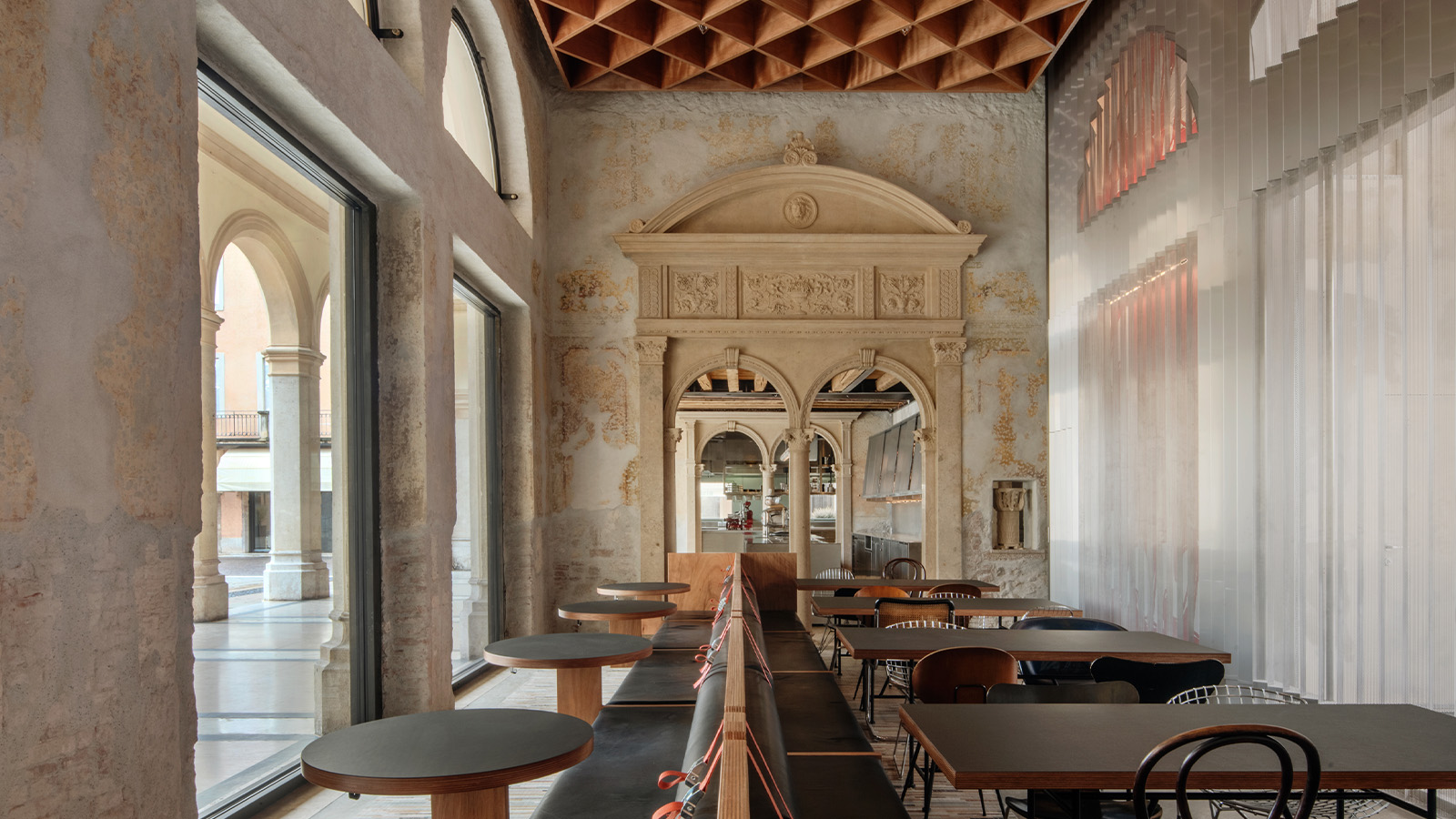 This Italian palazzo-turned-café adds a dash of drama to your morning espresso
This Italian palazzo-turned-café adds a dash of drama to your morning espressoDesigned by studio AMAA, Caffè Nazionale brings new energy to a 19th-century former town hall in the northern Italian town of Arzignano